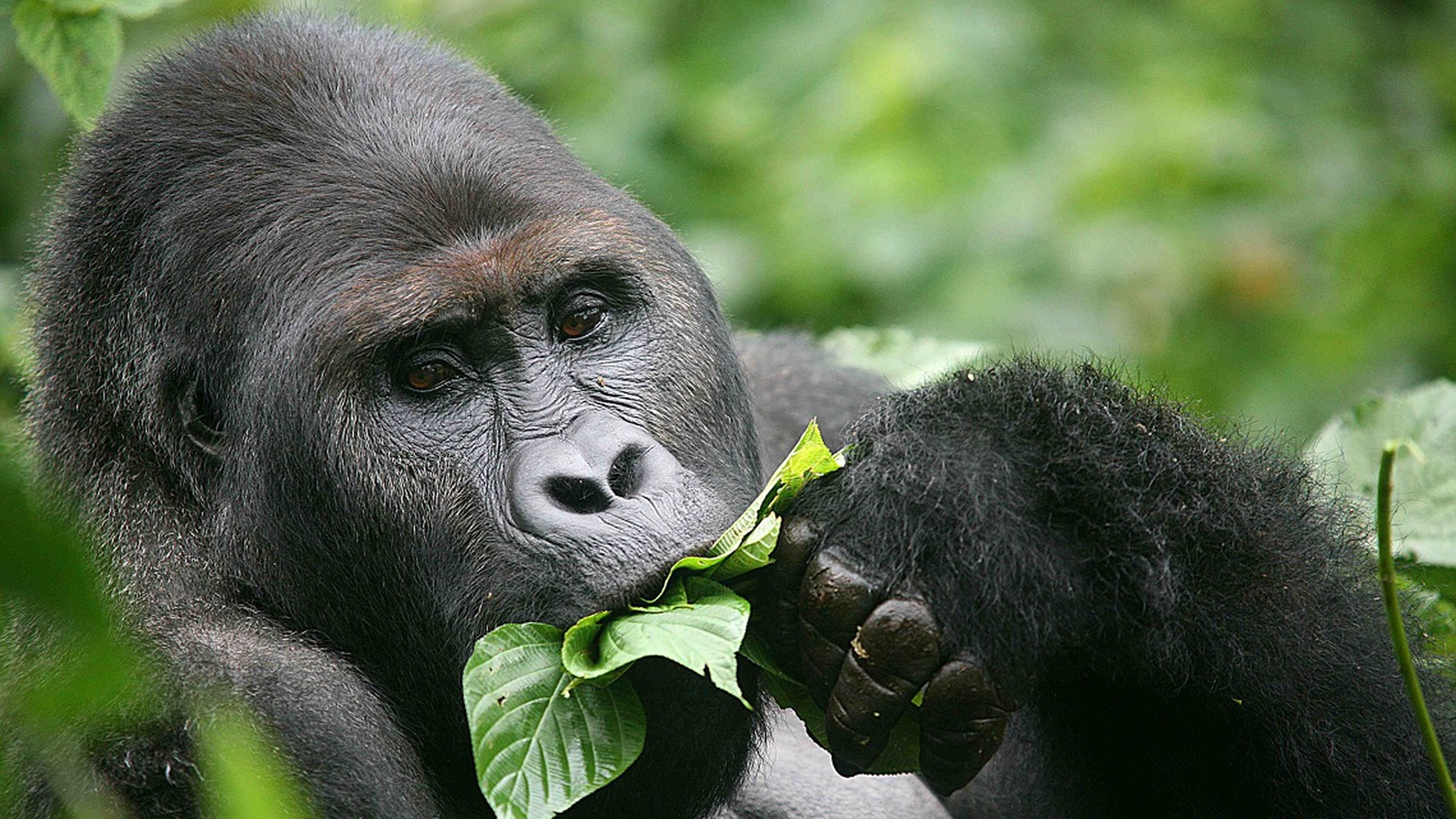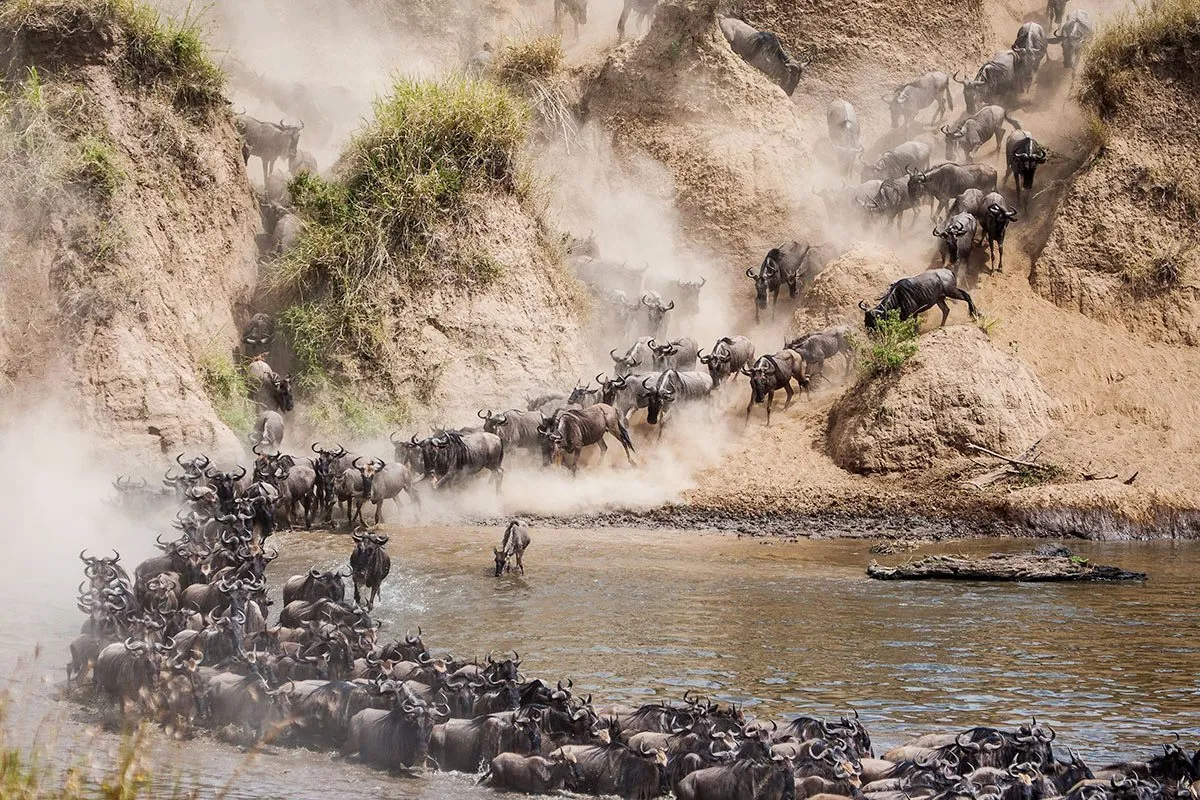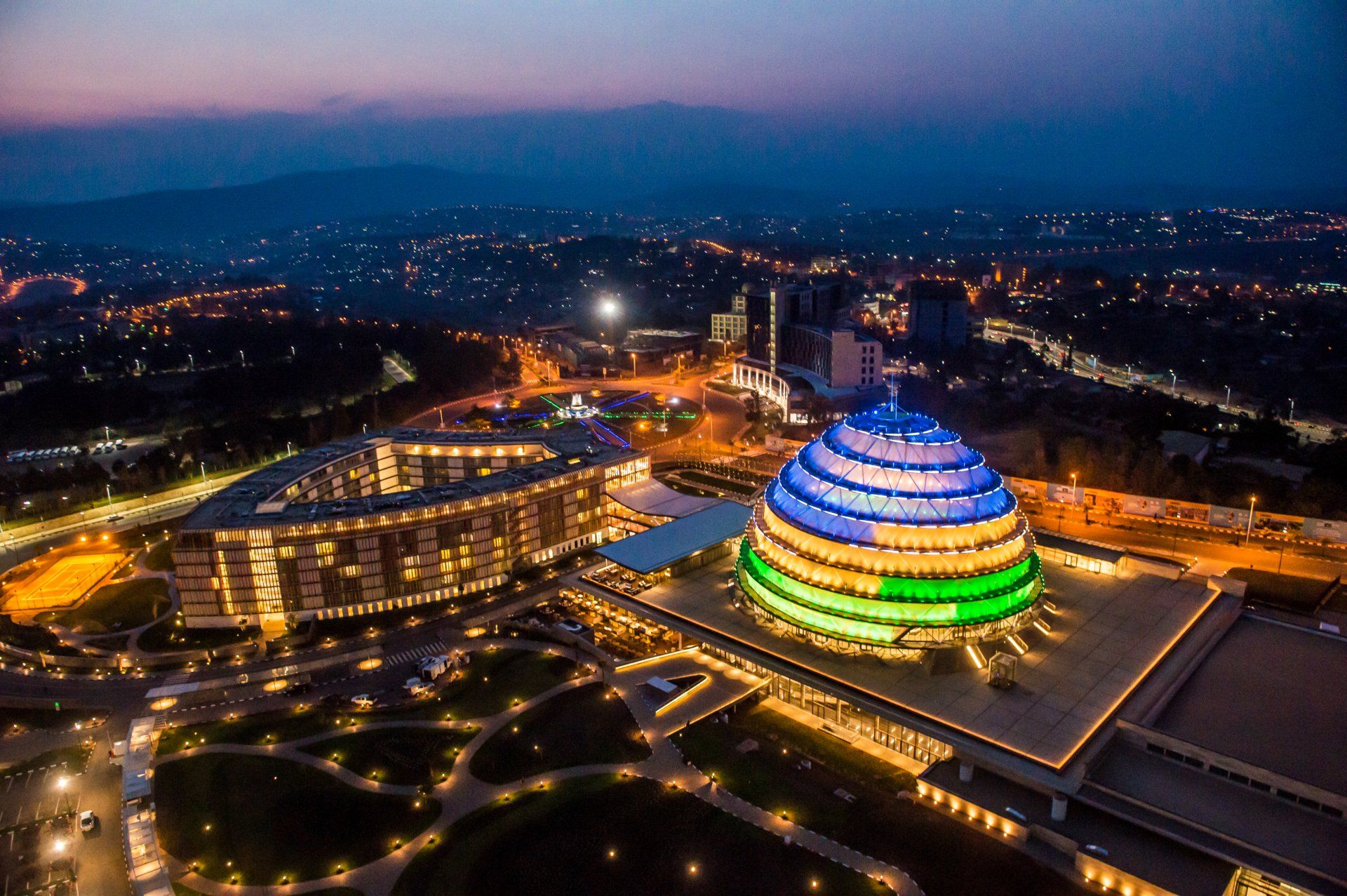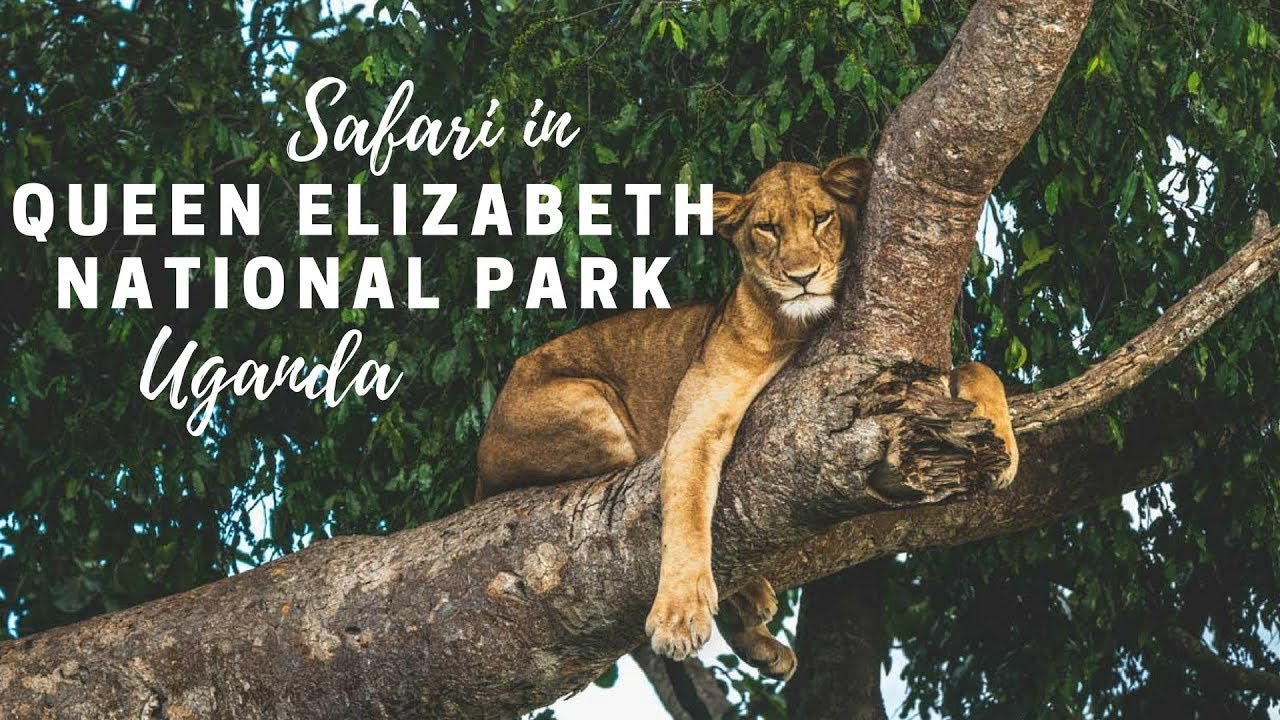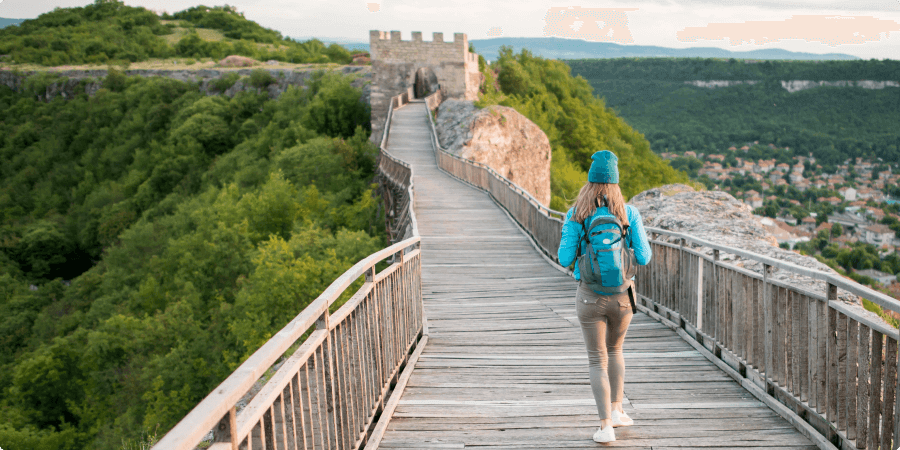On June 10, 2025, Rwanda reached a historic milestone in wildlife conservation: the successful translocation of 70 Southern white rhinos into Akagera National Park. This is one of the largest single rhino translocations in African history and firmly places Rwanda at the forefront of rhino conservation and wildlife restoration on the continent.
The event was not just a triumph of logistics but a powerful symbol of hope and strategic action in the face of global wildlife decline. For Akagera National Park, the arrival of these majestic giants marks the latest in a series of bold and successful efforts to rewild and repopulate the park with native species.
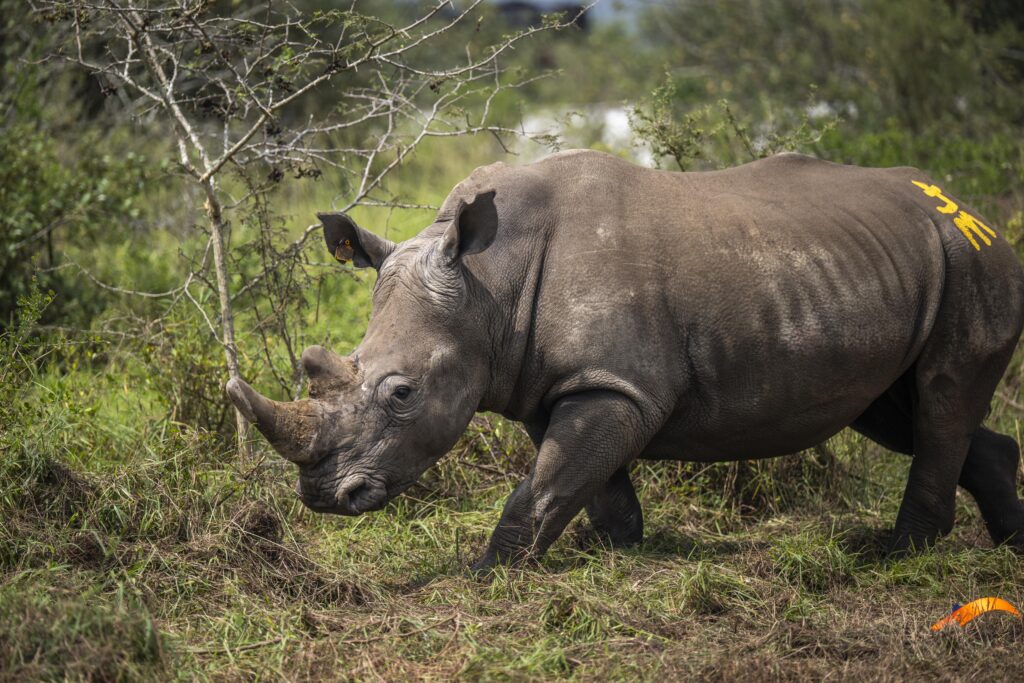
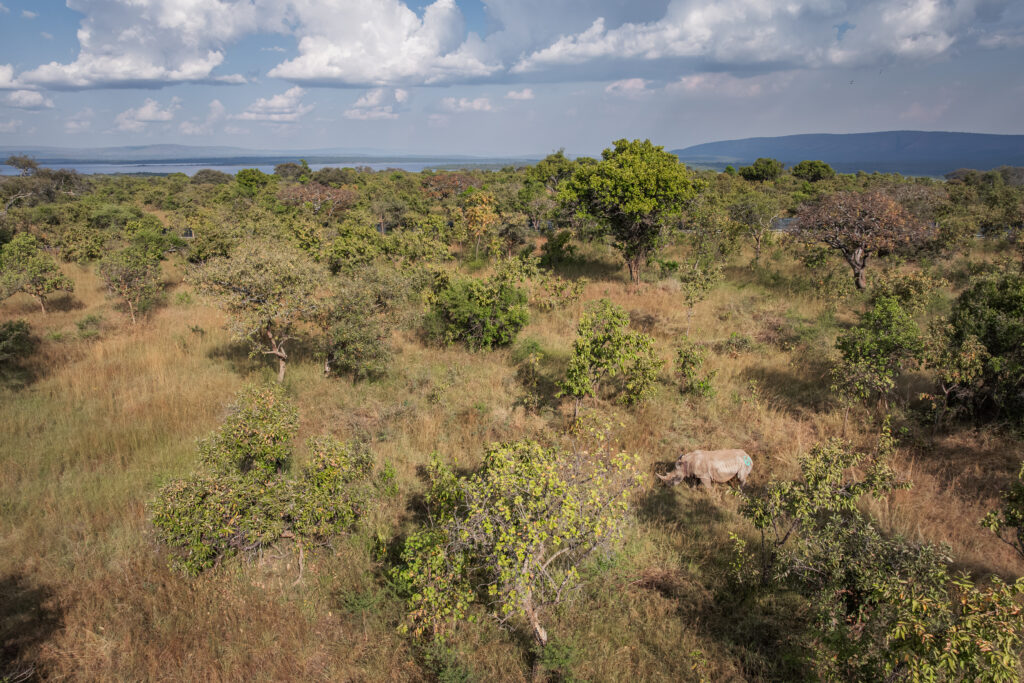
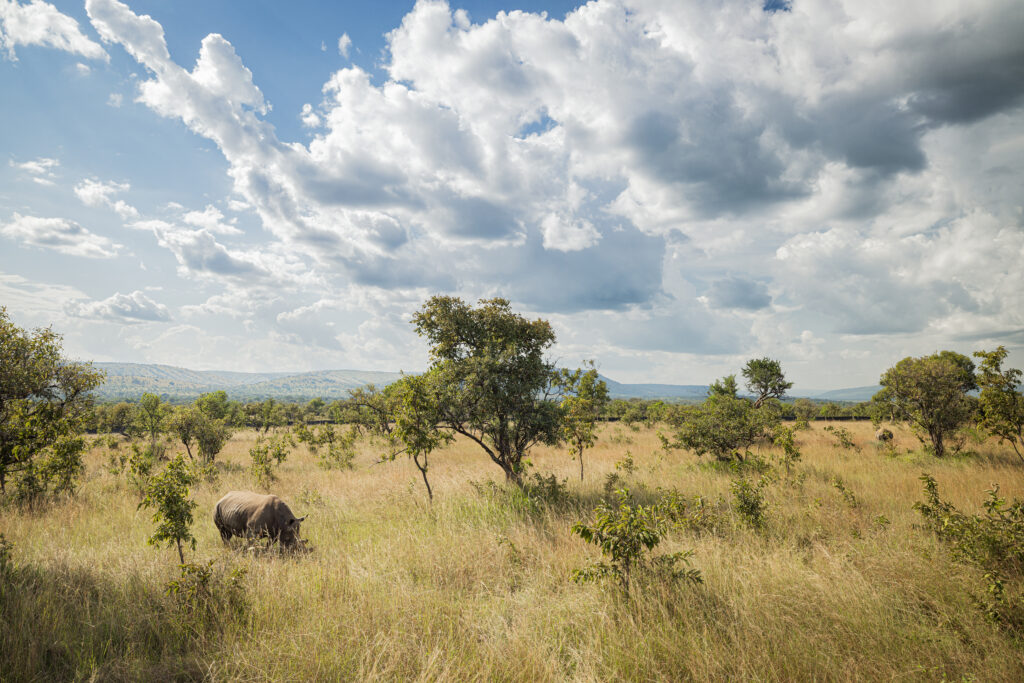

1. Background: Understanding the Southern White Rhino
The Southern white rhino (Ceratotherium simum simum) is one of the two subspecies of white rhinoceros, the other being the now critically endangered Northern white rhino. Once on the brink of extinction, the Southern white rhino has made a remarkable comeback in protected areas across Southern Africa. Still, their survival is far from secure due to poaching, habitat loss, and climate-related pressures.
Southern white rhinos are the second-largest land mammals after elephants. Adults can weigh over 2,000 kilograms and are distinguished by their broad, square lips adapted for grazing. Social, gentle by nature, and deeply iconic, white rhinos are vital to ecosystem health due to their role in shaping landscapes and enabling biodiversity through their grazing habits.
2. The Significance of Akagera National Park
Located in Eastern Rwanda, Akagera National Park spans approximately 1,120 square kilometers and is home to a vibrant mosaic of wetlands, savannah, and woodlands. Over the past decade, the park has been transformed from a poaching-ravaged zone to a model of African conservation success, thanks to the collaboration between the Rwanda Development Board (RDB) and African Parks, a non-profit conservation organization that manages protected areas across the continent.
Once nearly devoid of large wildlife, Akagera has reintroduced lions, rhinos, and other species, becoming Rwanda’s only Big Five park. The successful integration of white rhinos in 2021 and now again in 2025 shows a bold commitment to biodiversity restoration, tourism development, and ecosystem resilience.
3. The 2025 Translocation: Planning, Process, and Execution
The translocation of 70 rhinos in 2025 represents months of planning and collaboration across multiple sectors and countries. It was a complex operation involving:
- Selection and veterinary assessments in private game reserves in Southern Africa
- Helicopter and ground immobilization of the animals
- Safe and climate-controlled transportation by air and road
- Post-arrival acclimatization in secure bomas (holding enclosures) within Akagera
- Deployment of monitoring teams, including veterinarians, ecologists, and armed rangers
This was no small feat. Each rhino, weighing up to two tons, was sedated, lifted by crane, placed in customized crates, and flown across the continent. Upon arrival, they were carefully released into their new home in phases to reduce stress and facilitate adjustment.
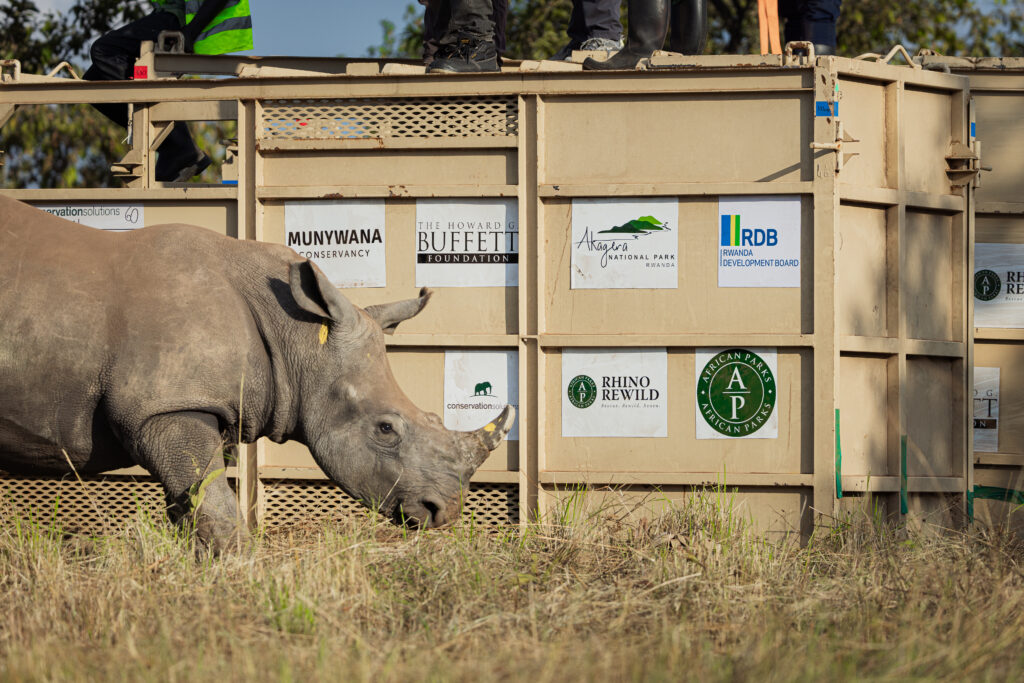
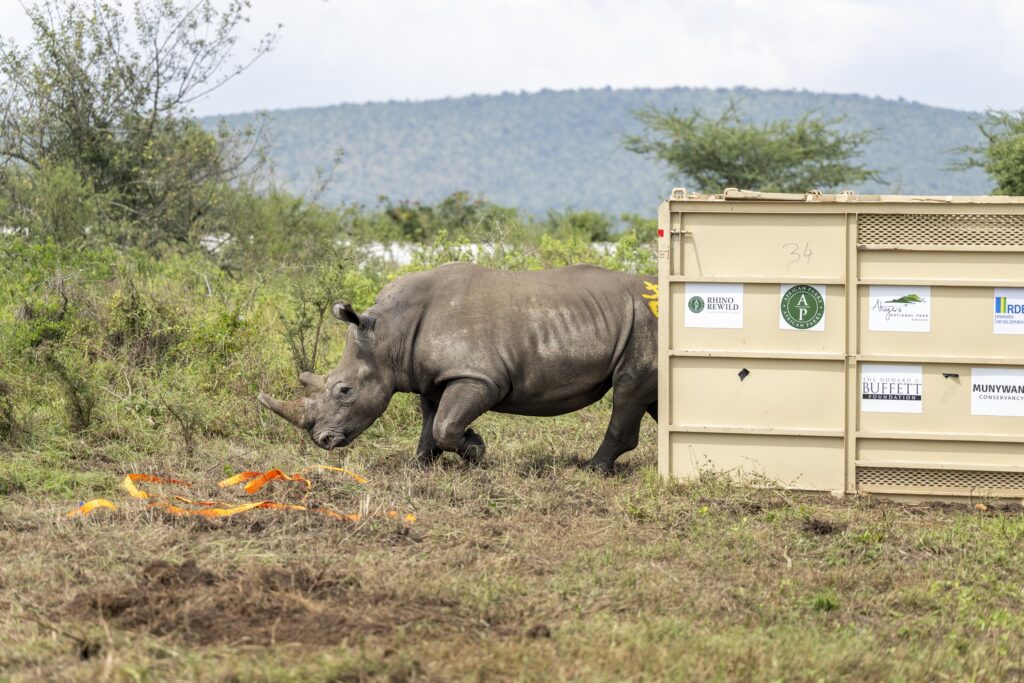
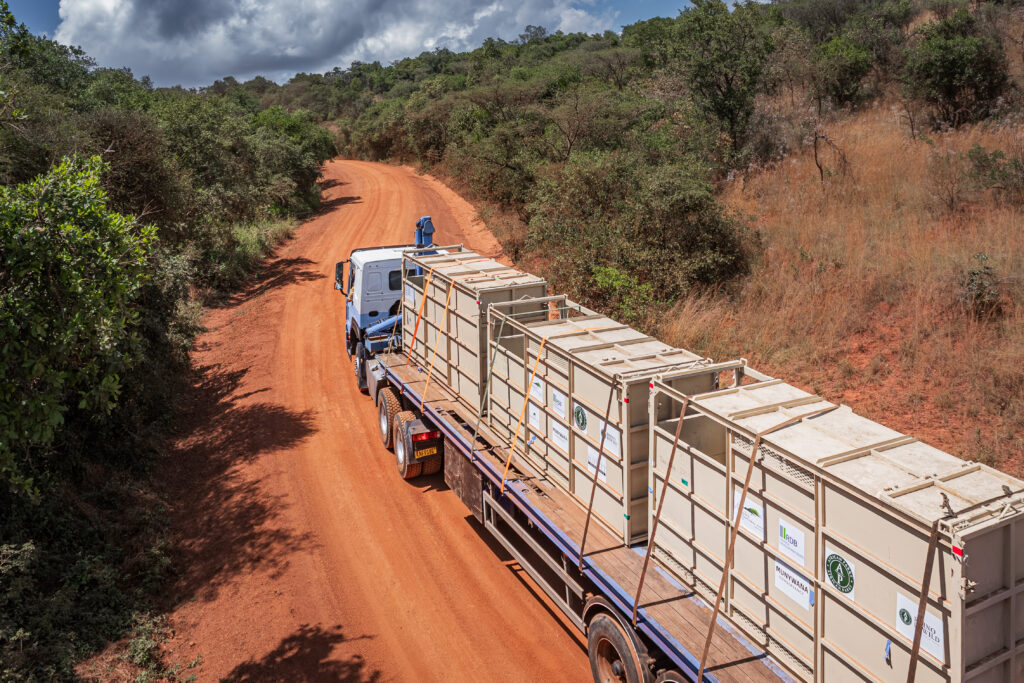

4. A History of Conservation: 2017, 2019, 2021
Rwanda’s track record of conservation success in Akagera set the stage for this major event.
2017: Return of the Eastern Black Rhino
After more than a decade without rhinos, 18 Eastern black rhinos were reintroduced to Akagera in 2017. This was a historic comeback facilitated by the collaboration between the RDB, African Parks, and South African partners. These rhinos were placed under 24/7 surveillance and thrived in the park, adapting well to their new environment.
2019: Genetic Diversity Through European Imports
In 2019, Akagera received five additional Eastern black rhinos from European zoos. These rhinos were part of a breeding program designed to enhance genetic diversity within the small population. Their arrival highlighted Rwanda’s role in global conservation networks and commitment to species resilience.
2021: First White Rhino Translocation
In 2021, Rwanda made headlines by welcoming 30 Southern white rhinos to Akagera. This marked the first time this species was introduced to the country. The rhinos came from &Beyond Phinda Private Game Reserve in South Africa, and their arrival positioned Akagera as one of few parks in East Africa with both white and black rhino species.
5. Wildlife Management and Anti-Poaching Success
The success of these translocations depends heavily on effective wildlife management, surveillance, and community involvement. Akagera has become a regional leader in this domain thanks to innovations such as:
- Digital tracking collars and drone surveillance
- Highly trained anti-poaching units equipped with modern tools
- Community education programs and park revenue sharing
- Real-time camera monitoring and rapid response teams
There has not been a single high-value species lost to poaching in Akagera since 2010 — a rare and admirable achievement in the African conservation space.
6. Conservation Value: Why This Matters
The reintroduction of rhinos, especially in such high numbers, is more than symbolic. It addresses critical conservation goals:
- Rebuilding ecosystems: Rhinos are keystone grazers who shape vegetation structure.
- Creating breeding populations: Long-term sustainability requires diverse and viable breeding groups.
- Enhancing eco-tourism: Rhinos elevate Rwanda’s Big Five safari appeal, generating income and jobs.
- Global cooperation: This translocation strengthens Rwanda’s position in global conservation dialogue.
Rwanda’s emphasis on conservation is also aligned with global efforts to combat biodiversity loss and promote climate resilience through nature-based solutions.
7. The Role of Local Communities
No conservation program succeeds without community support. In Akagera, local communities benefit through:
- Revenue-sharing schemes, with 10% of park revenue reinvested into surrounding villages
- Job creation through tourism, guiding, and park maintenance
- Education and awareness programs that build future conservation leaders
- Agricultural support programs to reduce human-wildlife conflict
Community buy-in has significantly contributed to the peaceful coexistence between humans and wildlife in and around Akagera.
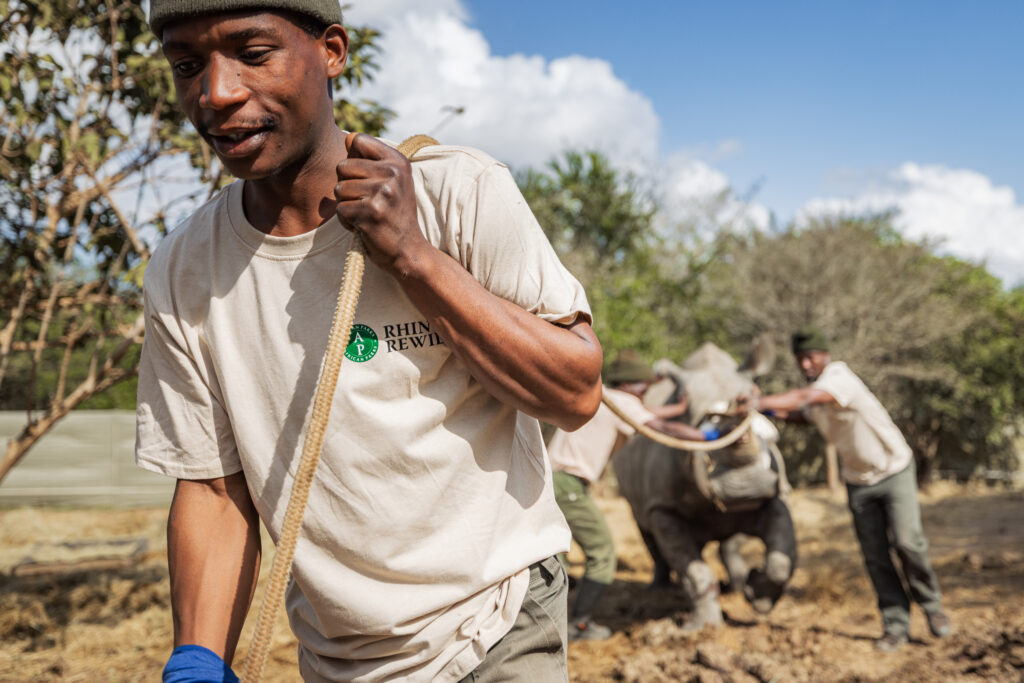
8. A New Era for Rwandan Eco-Tourism
With 70 new Southern white rhinos added to its landscape, Akagera National Park now offers one of the richest safari experiences in East Africa. For tourists, this means:
- More chances to see rhinos in the wild
- Diverse wildlife viewing including lions, elephants, leopards, buffalo, and over 500 bird species
- Luxurious lakeside lodges and guided safaris through restored landscapes
For Rwanda, it reinforces the country’s image as a conservation-focused destination that balances ecological preservation with economic development.
9. What Visitors Can Expect with Ibigwi Tours
At Ibigwi Tours, we take pride in showcasing Rwanda’s natural wonders. Our Akagera Safari Packages now include:
- Guided rhino tracking excursions
- Morning and sunset game drives
- Boat trips on Lake Ihema
- Cultural exchanges with local communities
- Overnight stays in eco-friendly lodges
We ensure safe, educational, and inspiring wildlife experiences while promoting responsible tourism that supports local conservation.
“Seeing a rhino in the wild is more than just a thrill — it’s a connection to the resilience of nature and the power of human stewardship.”
10. Hope for Africa’s Rhinos
The story of Akagera’s white rhinos is a story of vision, cooperation, and resilience. In a world where rhinos are increasingly endangered, Rwanda has proven that with political will, scientific planning, and community engagement, it is possible to reverse the damage and secure a better future for both people and wildlife.
As the largest single translocation of white rhinos in East Africa, this 2025 event serves as a beacon of hope for conservation efforts across the continent.
Plan your rhino safari today with Ibigwi Tours. Be part of this living success story and witness the gentle giants who have found new life in Rwanda’s wild heart.

